A delicious fiddlehead risotto with lots of butter and garlic! This forest-themed creamy rice dish features the especially wonderful yet elusive fiddlehead, plus lots of cheese and fresh herbs. Including instructions on how to properly prepare fiddleheads – they contain toxins, so they must be cooked before eating! Inspired by the fiddlehead risotto recipe from Stardew Valley.
A fun take on the classic risotto, this recipe features the most wonderful seasonal ingredient – fiddleheads! Paired with creamy arborio rice, as well as lots of butter, parmesan cheese and garlic, this forest veggie is pretty delicious.
Do know that raw fiddleheads are toxic, so make sure you cook them before consuming! Click here for instructions on how to properly prepare fiddleheads for consumption.
Inspired by the fiddlehead risotto recipe from Stardew Valley, I have been waiting quite a while to cook this dish. Mostly because you have to get the timing right to actually get fresh fiddleheads! They aren’t available year round, unless you can find them frozen or pickled.
Fiddleheads: What You Need To Know
What do fiddleheads taste like, you may ask? They have a mild flavour, somewhat akin to broccoli or asparagus. So if you’re a broccoli or asparagus fan, you’ll probably love fiddleheads.
When & Where Do Fiddleheads Grow?
Fiddleheads are generally available in Canada from March to June, but this varies year to year depending on the weather conditions. I imagine this also varies from place to place, to some extent.
Fiddleheads can be generally found across Asia, Europe, and North America. I also looked online and did see some fiddleheads for sale in Perth, Australia and Cape Town, South Africa, but beyond that I’m not sure, you’d have to check your local stores or markets.
I believe some select companies in North America also harvest fiddleheads in springtime and sell them internationally in some places.

What Do Fiddleheads Look Like?
The type of fiddleheads usually collected to eat (at least in Canada) come from ostrich ferns (Matteuccia struthiopteris). So – they look like the curly tip of a fern plant, basically.
The fern heads are collected when the plants are quite young. They often grow with a brown paper covering over the fern head (removed before preparing for consumption).
Ostrich ferns have a smooth stem without any fuzz, and the inner part of the stem has a u-shaped groove the whole way up from root to tip (looks like when people roll their tongue in two). Ostrich ferns are sociable little guys, so they tend to grow together in clusters, and of course, they grow in forests or woods near a water source such as a river or stream.
On that note, there are many different types of ferns but not all are edible. I’m not an expert on this – if you’re into foraging, you’d need to look to some expert foragers for advice on this.
How To Get Fiddleheads
Luckily you usually don’t have to go find fiddleheads in the woods yourself (nor should you, unless you really know what you’re doing and/or have an experienced forager going with you). You can find fiddleheads in shops nowadays!
Not every store will have fiddleheads while they’re in season, but ask around – a shop might also be able to order them for you.
Fresh Fiddleheads
In Canada, I was able to find fresh fiddleheads at two larger grocery store chains (Whole Foods being one of them), although I ended up buying my fiddleheads at a smaller local specialty grocery store (the kind that also sells vitamins, and so on).
All the fiddleheads I found for sale were packaged by the same company (West Coast Wild Foods), so the store I bought them from didn’t have much to do with that part of it. They all looked very fresh to me – firm and green, without many signs of decay or much spoilage.

Pickled or Frozen Fiddleheads
I also found a few places online that sold pickled fiddleheads. These could be ordered and then shipped to one’s address.
Frozen fiddleheads can also be found for sale in some places. The same company (that was selling the fresh ones I bought) also appears to sells frozen ones at other times of the year.
Frozen or pickled fiddleheads would be a great way to purchase fiddleheads at other times of the year when the ferns are no longer in season.
The Costly Price of Fiddleheads
I will say that my local purchased fiddleheads were not cheap (they are considered something of a delicacy, after all). But – here’s a price comparison for fresh, pickled and frozen fiddleheads in BC, Canada.
Fresh fiddleheads near me cost $8.50 – $9.50 CAD plus 12% tax for 170 grams (roughly 1 cup of fiddleheads), depending on the store selling them.
As far as pickled fiddleheads are concerned, I found some for sale online that cost $12 for a 190 ml jar.
The frozen fiddleheads I saw online cost $15 CAD plus tax for 1 pound of fiddleheads. They were not in stock when I checked online, nor could I find them in stores (it’s the beginning of summer in Canada at the time of posting this recipe, so maybe in a few weeks they will be available to buy this way again).
A “Cheaper” Alternative To Fiddleheads…
So, to sum up – fiddleheads are a treat. They are pretty expensive (I think, anyways).
But the great news is that if you’re looking for a cheaper alternative with a similar flavour, just buy a small amount of broccoli and asparagus and sauté the two together with garlic, butter, salt, and pepper! If you puréed broccoli and asparagus and served it over something like pasta, I think it would taste pretty similar to fiddleheads.
Obviously if you want real fiddleheads, you should just get fiddleheads.
But – if you really want to know what they taste like and they either are too expensive to buy, or unavailable for purchase in your area, try cooking asparagus and broccoli together for an approximate taste comparison.

How To Prepare Fiddleheads For Eating
Okay, this section is pretty important. Now I get to put the disclaimer:
RAW FIDDLEHEADS ARE HIGHLY TOXIC.
YOU MUST COOK THEM BEFORE EATING!
Great. Now that you know that, let’s talk about how to actually cook fiddleheads.
Conveniently, the fiddleheads I bought came with cooking instructions printed right on the packaging, but I also did some digging online and watched a few online videos of qualified cooks talking about fiddlehead prep before ever cooking these myself.
So, generally chefs seem to prefer to cook their fiddleheads twice. First they are cooked to deactivate the toxins in them, and then they are cooked again to actually prepare them for a dish or recipe.
You can either boil or steam the fiddleheads to render the toxins inactive. I personally think boiling is much easier, but do what you prefer.
Cleaning Fiddleheads
They tend to still have forest debris tucked up inside their little tendrils, so you have to wash them first. Some people recommend soaking them in cold water for 10 minutes before washing them, but this didn’t make much of a difference for me.
If you try to unfurl the fiddleheads to wash them, they will break into smaller pieces. I found the easiest method was to gently pop the centre of their fern curl out to the side (so it looks like a curled staircase or slinky toy) and gently clean the inner furls under running water.
Once clean, cut off any bad spots on the fiddleheads that look super brown or spoiled. I snipped the stem ends off mine, just to be sure. Don’t re-use your knife or cutting board for any other food prep after doing this – wash your used knife and board with very hot soapy water to avoid spreading the fiddlehead toxins to your other food or ingredients.
Also remember to wash your hands very well after handling raw fiddleheads. You could probably also wear gloves if desired, but yeah, make sure to wash your hands after handling.
Remember to wash your hands and tools really well after touching raw fiddleheads!
Boiled Fiddleheads
- Bring a pot of water to a rolling boil. The pot should be of an adequate size for however many fiddleheads you plan to cook (fiddleheads do tend to float, but there should be ample water to boil them properly).
- Once that water is fully boiling, add the fiddleheads.
- Set a timer for 15 minutes.
- Once the 15 minutes are up, drain the boiling fiddlehead water. Do not use this water for anything else, just discard it.
- Transfer the cooked fiddleheads to a fresh bowl with cold water and/or ice cubes.
Steamed Fiddleheads
- Bring a double boiler pot of water to a rolling boil. The pot should be of an adequate size for however many fiddleheads you plan to cook in the steamer basket above.
- Once that water is fully boiling, add the steamer basket of fiddleheads over the boiling water, and cover with a lid.
- Set a timer for 12 minutes.
- Once the 12 minutes are up, drain the boiling water. Do not use this water for anything else, just discard it.
- Transfer the cooked fiddleheads to a fresh bowl with cold water and/or ice cubes.
Using Your Cooked Fiddleheads
Now you have some cooked fiddleheads, ready to use as you please! Here are a few options:
- Sauté them with garlic, butter, salt and pepper over medium heat for 5 minutes.
- Sauté them with any other spices you please!
- You can serve them with rice (like this risotto!), pasta, in a stir fry, and so on.
- Freeze the cooked fiddleheads you didn’t eat now, for later use.
- You could also pickle your cooked fiddleheads, if you’re an experienced home canner.
As much as you do need to cook your fiddleheads to make them safe to eat, you also don’t want to over cook them or they taste kind of yucky. The 15 minutes of full boiling or 12 minutes of full heat steaming is adequate to render the toxins inactive. For the post-boil/steam sauté, sticking the already-cooked fiddleheads in the garlic butter for 5 minutes is totally enough. Any longer and they become similar to over-cooked broccoli or asparagus.

The Secrets of Great Risotto
A few tips and tricks about risotto in general, now that we’ve discussed fiddleheads in great detail.
Arborio Rice
Risotto is made with arborio rice, which is perfect for soaking up all the beautiful flavours of the broth and lemon juice (and butter and cheese). Don’t wash your rice first – you should for most other rice varieties, but not for arborio rice, nor in the context of risotto.
Acid Is Key
Many risotto recipes use dry white wine (including my other recipes for cheese risotto, salmon risotto, mushroom risotto, crab risotto, and pumpkin carrot risotto.
I personally think lemon goes better with fiddleheads, so I omitted the white wine from this recipe. Lemon can be used in general as a replacement for the white wine in a risotto, since it is acidic.
If you want to add white wine to this recipe, choose a dry white wine, such as Pinot Grigio or Sauvignon Blanc.
You can replace up to a half or three-quarter cup of the broth in this recipe with white wine. Add the wine before beginning to add the broth.
Constant Agitation
Risotto must be forever in motion while it cooks, and the constant agitation (moving the rice around constantly with a spoon while slowly adding ladlefuls of hot broth) is what causes the rice to gradually release its starches and create that signature creamy risotto consistency.
Hot Broth
Make sure that you do use piping hot broth for risotto, or this process won’t result in the best tasting rice – the broth must be very hot so it is readily absorbed and the rice releases all that starch and creaminess. I recommend getting your broth boiling in a separate pot while you start the onions off for the risotto in a separate frying pan.
Lazy Risotto With Bouillon (to save washing another pan)
Yes, I will admit that this is my go-to preference whenever I make risotto of any kind.
I like using Better Than Bouillon (a type of broth bouillon paste) instead of liquid broth in most circumstances. Concentrated stock cubes provide this same function.
So, the cheat version of regular risotto is to simply heat water in your tea kettle (4-6 cups worth). Add your bouillon paste or stock cubes with the lemon juice or white wine, then just add small increments of boiling water form your tea kettle (about a 1/4 cup at a time) instead of ladlefuls of hot broth. Saves me washing both a ladle and another pot, so I’m happy.
Alternatively if you use bouillon paste instead of broth, just boil your kettle at least once or twice throughout the cooking process. Add the bouillon paste right after the wine and lemon juice, and then just slowly add the boiling hot water as needed, until you’ve added as much hot water as your risotto can handle.

Fiddlehead Risotto In Stardew Valley
You can make fiddlehead risotto using the cookout kit or in the farmhouse kitchen. Simply make sure you have some oil, garlic, and foraged fiddlehead ferns.
Why rice isn’t an ingredient in this recipe is beyond strange to me – how is it risotto without rice?! Concerned Ape, I have questions – what happened here?
Fiddlehead Risotto in Stardew Valley:
Fiddlehead Ferns + Oil + Garlic
Anyways – the Queen of Sauce provides the recipe for fiddlehead risotto on Day 28 of Fall, in Year 2, so make sure to tune in for that! It can be a pretty profitable dish, so use your own homemade oil to make it, if you can.
In terms of gifting, Clint and Kent LOVE fiddlehead risotto. Most villagers just like it, and of course, Willy, Leo and Krobus hate it. What a surprise.
You can also combine fiddlehead risotto with some cloth on Emily’s sewing machine to make a blacksmith apron. In honour of Clint, I suppose, since he loves this fiddlehead risotto so much?
Where to Find Fiddlehead Ferns in Stardew Valley
The easiest place to find fiddleheads in Stardew Valley is in the Secret Woods south of your farm during summer (again, why is it not spring, the proper season??).
You can also find fiddlehead ferns on mine levels 41-69 if the Shrine of Challenge is active, on the prehistoric floors of the Skull Cavern (makes sense, because ferns are prehistoric!), in the Ginger Island Jungle, as a drop from chopping green rain trees, in Kent’s shop at the desert festival, or sometimes at the travelling cart.
All in all, the secret woods is by far the easiest place to get fiddlehead ferns, especially early in the game. Just go and get some every other day during summer in Years 1 and 2, and then you’ll be ready to cook them into a delightful risotto the second you get that recipe from the Queen of Sauce.

Fiddlehead Risotto
This fun fiddlehead risotto recipe makes 4 servings.
It’s ready to eat in about 1 hour and 15 minutes.
RAW FIDDLEHEADS ARE HIGHLY TOXIC.
YOU MUST COOK THEM BEFORE EATING!
Ingredients
- 1 cup | 170g fresh fiddleheads (COOK BEFORE CONSUMING)
- 4 cups vegetable broth or chicken broth
- 2 tbsp oil
- ½ cup red onion, diced
- ¼ cup garlic, minced
- 1 cup Arborio rice
- ¼ cup lemon juice
- 1 tsp lemon zest
- 2 tsp dried parsley (or 2 tbsp fresh, chopped)
- ½ tsp salt (use less salt if using pickled fiddleheads)
- ½ tsp ground pepper
- 3 tbsp butter
- ½ cup parmesan cheese, grated (optional)
- ½ cup fresh Italian parsley, chopped (for garnish)
Tools
- large frying pan
- medium pot
- small saucepan
- ladle
- cooking spoons
- small bowl
- ice and cold water
- cutting board
- knife
- measuring cups
- measuring spoons
- cheese grater
- optional: kitchen scissors



Instructions
- Rinse the fiddleheads to remove any excess forest debris. Snip off any heavily browned spots.
- Bring a pot of water to a boil. Add the fiddleheads and boil for 15 minutes. Drain the cooked fiddleheads and discard the boiling water. Place the fiddleheads in a new bowl of ice water. Set aside. DON’T SKIP THIS STEP. UNCOOKED FIDDLEHEADS ARE TOXIC!
- Grate the parmesan, slice the garlic, and dice the onion. Zest and juice the lemon. Set aside.




- Heat the broth in a separate pot over medium-high heat. It must be piping hot by the time it is added to the rice. Let it come to a boil while you prepare the risotto.
- Heat the oil in a large frying pan over medium-high heat. Once the oil is hot and shiny, add the diced onion and 3 tbsp of minced garlic, then sauté 2-3 minutes.
- Add the rice. Stir for 2-3 minutes, until the rice becomes translucent and begins to crackle.
- Add the lemon juice. Stir the rice constantly until the wine is fully absorbed.
- Add the lemon zest, parsley, and ¼ tsp each of salt and pepper to the risotto, then stir to combine.
- Begin to add the hot broth, one ladleful at a time. Stir the rice continuously until one ladleful of broth is absorbed before adding the next one. Continue this process for about 20 minutes.








- When the risotto is almost done, heat 1 tbsp butter in a separate new frying pan over medium heat. Once the butter is heated, drain and add the fiddleheads, along with the remaining garlic. Season with salt and pepper. Sauté for 5 minutes, stirring often, while finishing off the risotto.
- Once the risotto is fully cooked, turn off the heat but leave the pan over the burner. Add the parmesan and remaining butter, then stir over the residual heat of the burner for 2-3 minutes.
- Serve the risotto topped with sautéed fiddleheads, parsley, and more salt and pepper to taste.




The Flavour of Fiddleheads and Garlic
Since discovering fiddleheads, I oddly get cravings for them all the time. I guess maybe because fiddleheads have such a strange yet subtle flavour, one that I oddly love now.
Of course, fiddleheads also just delicious served with rice, cheese, garlic and butter. It’s hard to go wrong there.
I also love slicing my garlic thinly for this recipe, as opposed to mincing it. Did you know this actually makes your garlic taste quite different?
So – just remember to cook your fiddleheads well, and enjoy!


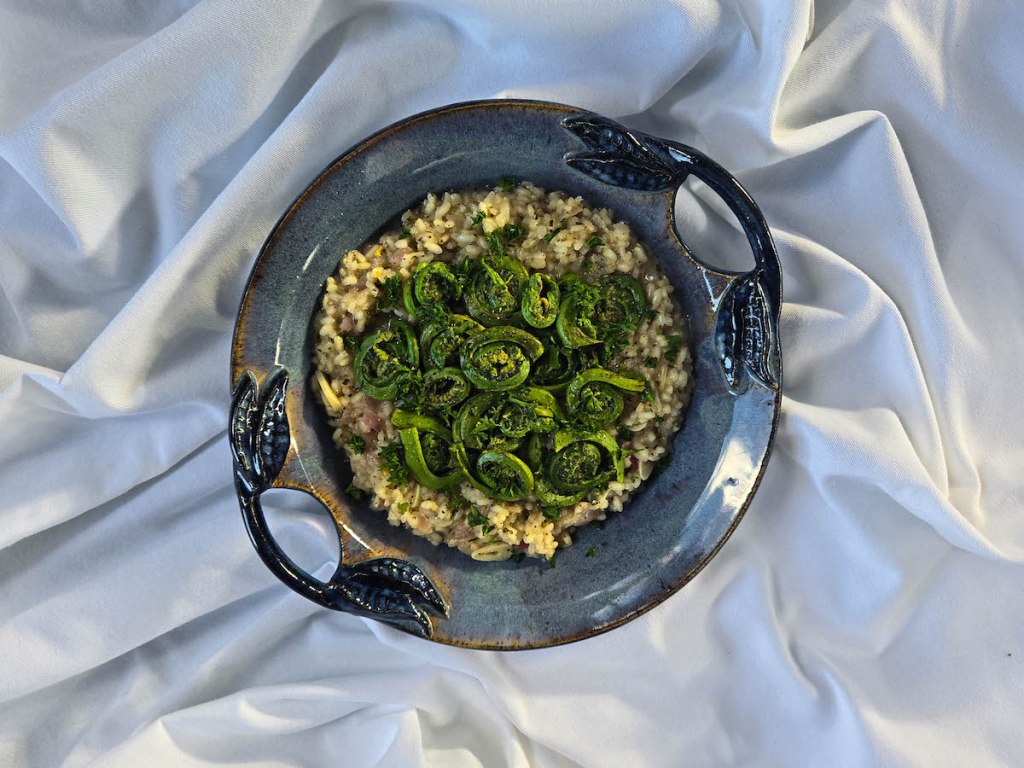
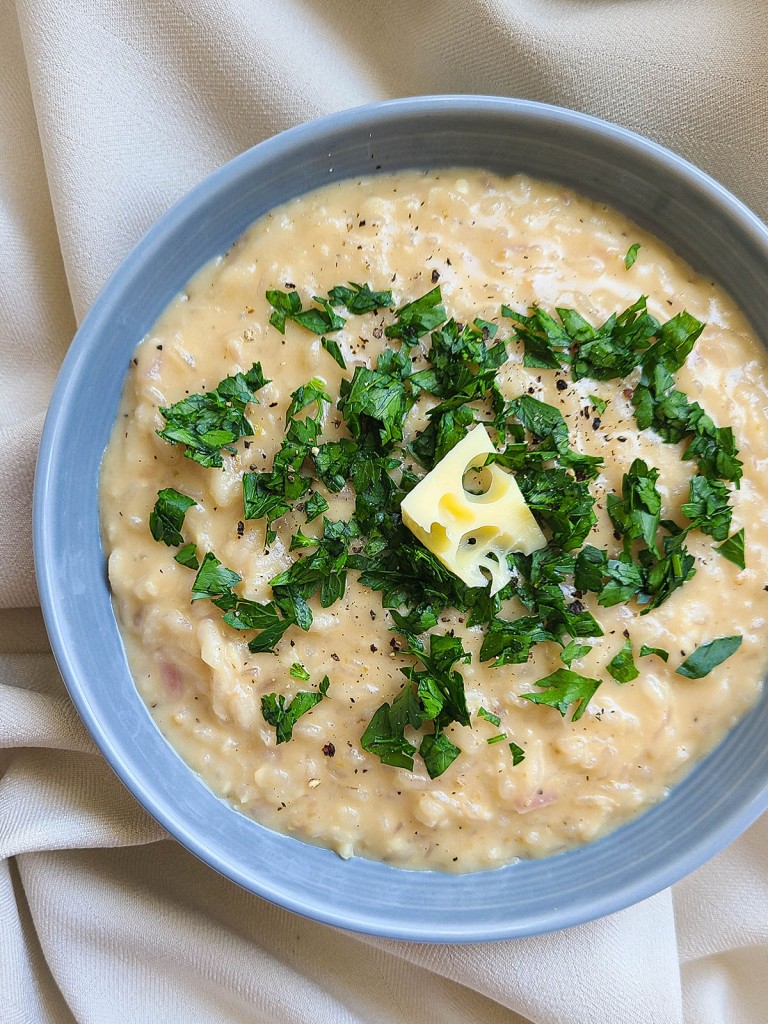

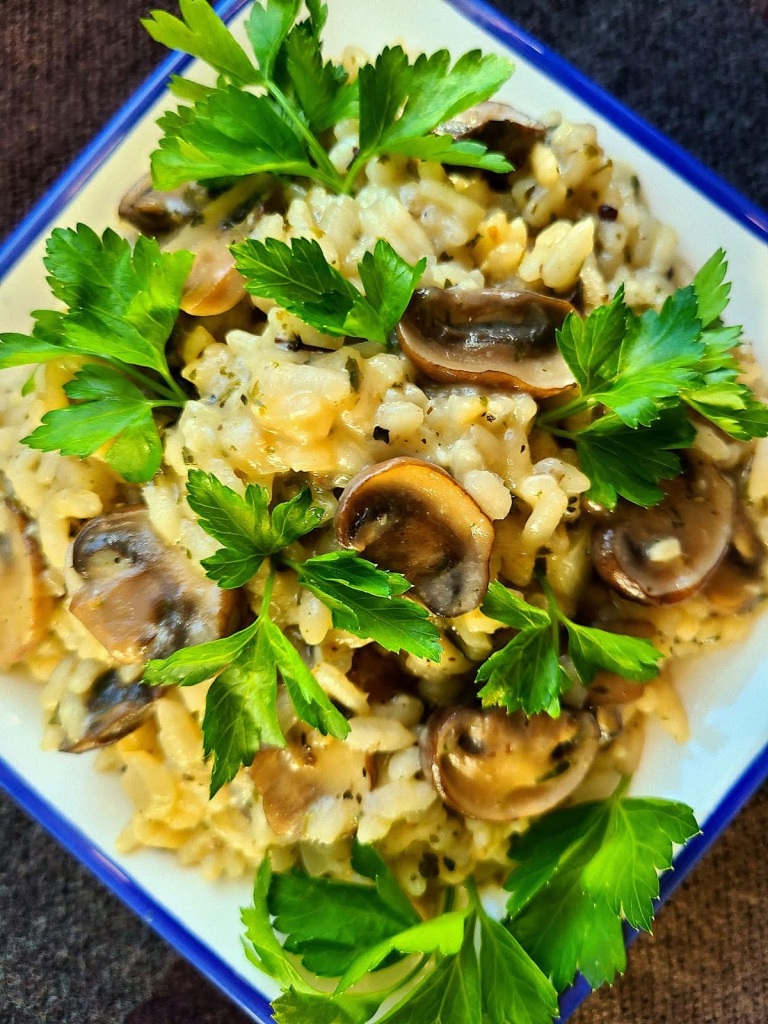
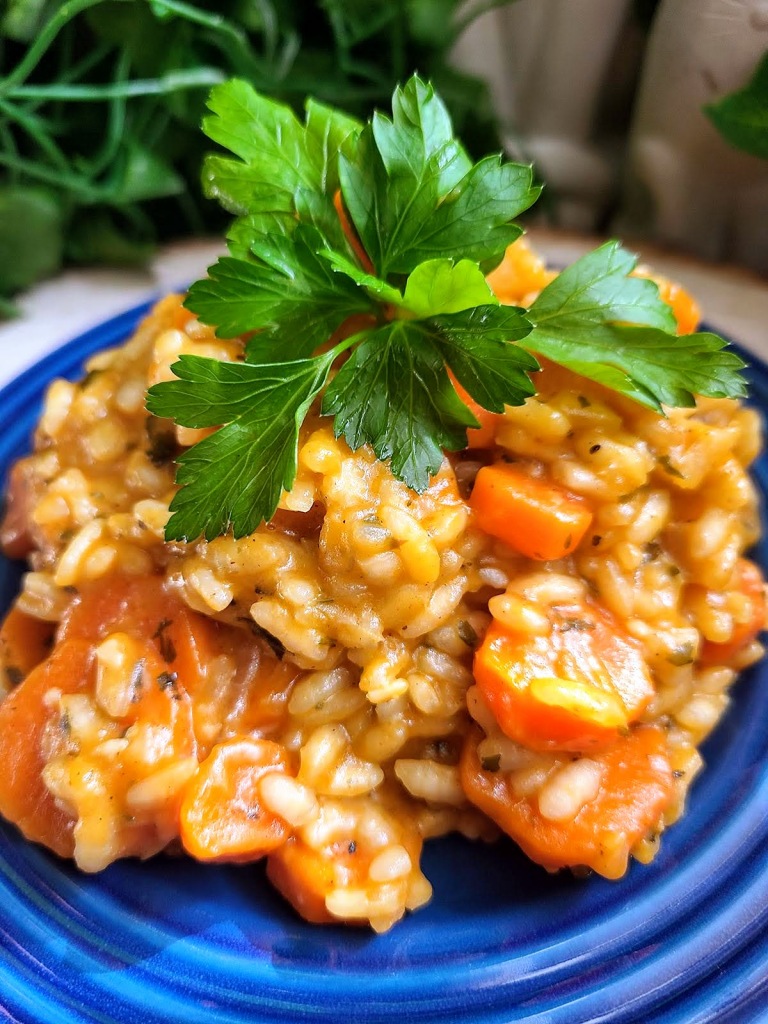




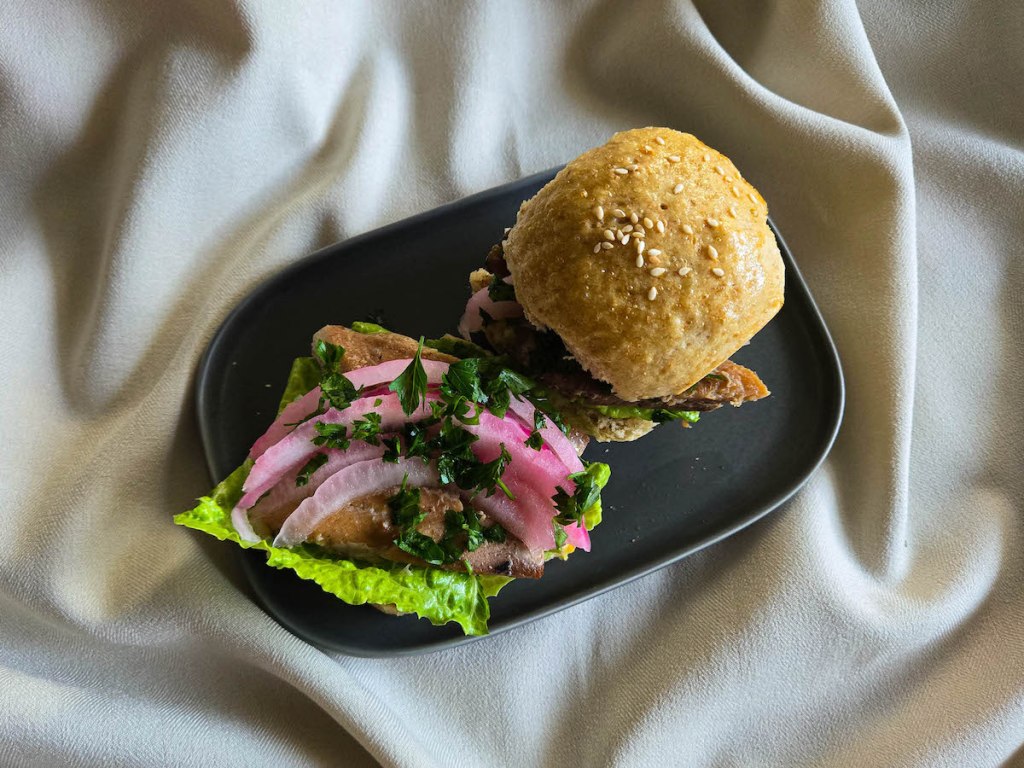

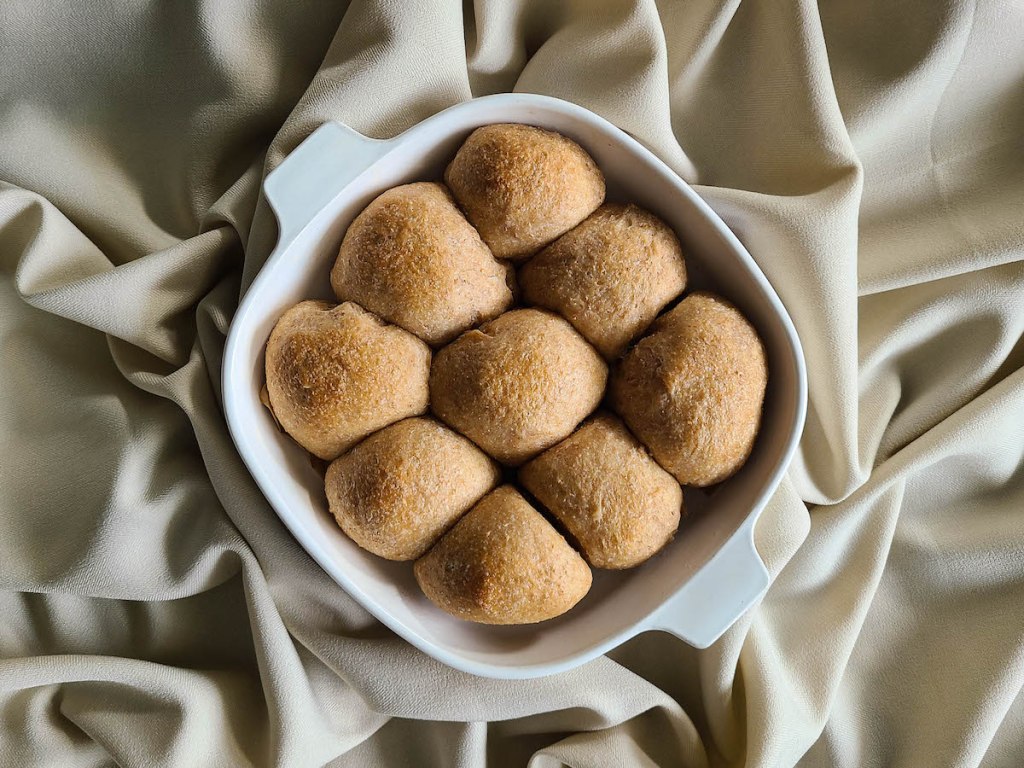
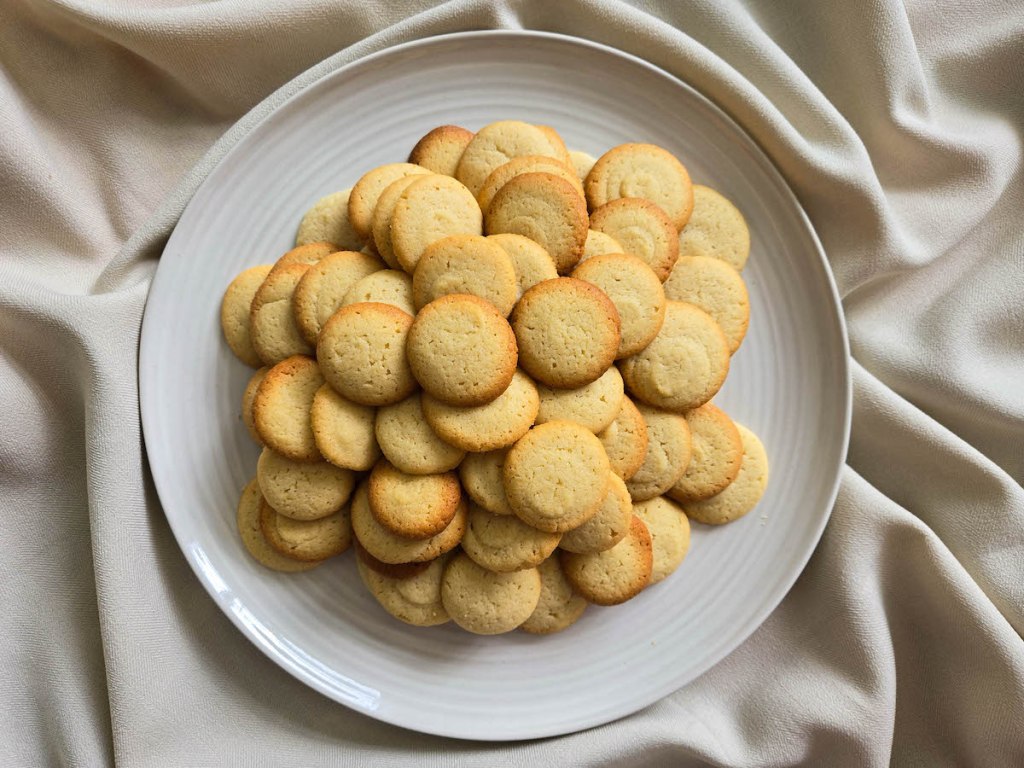
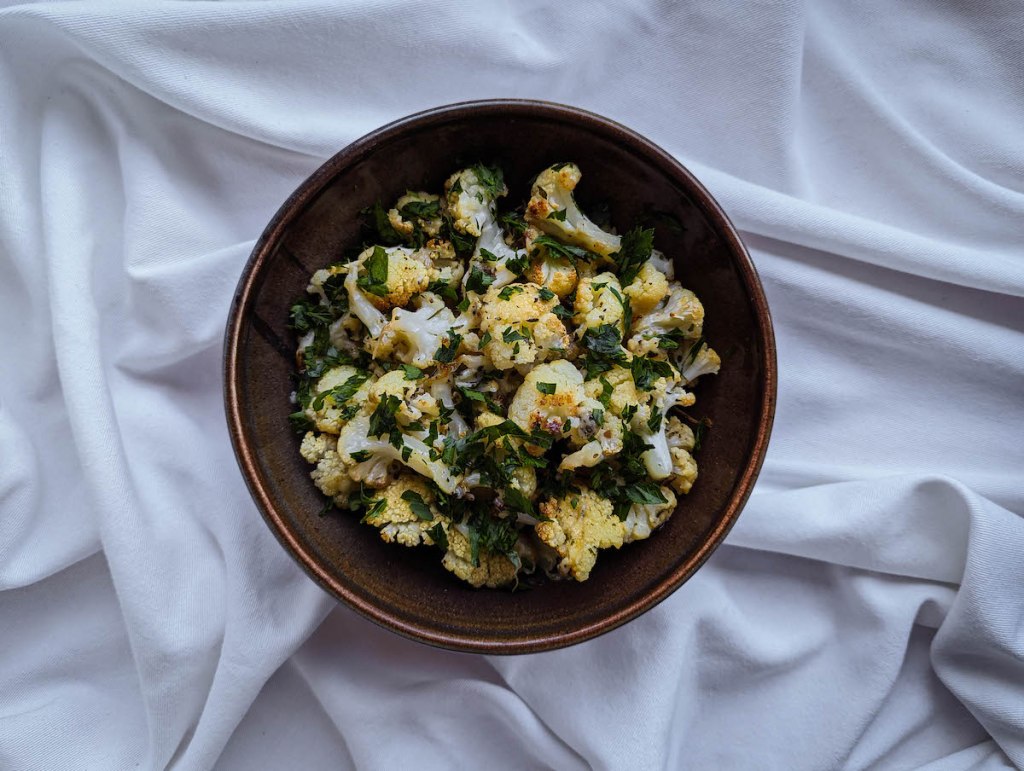
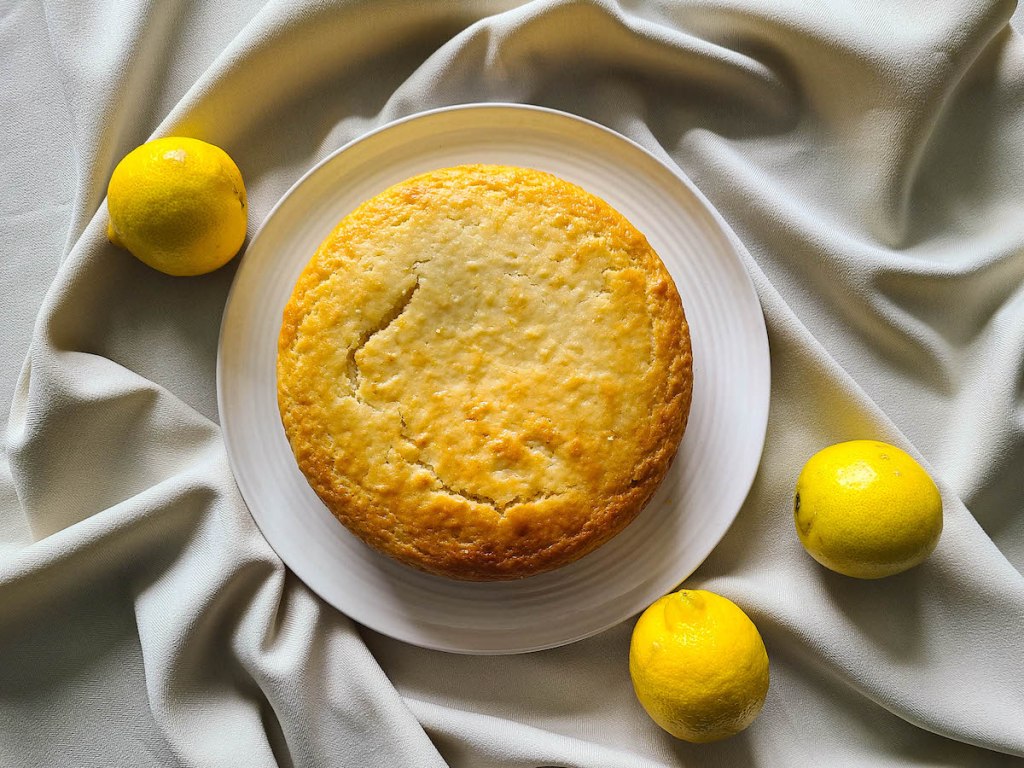
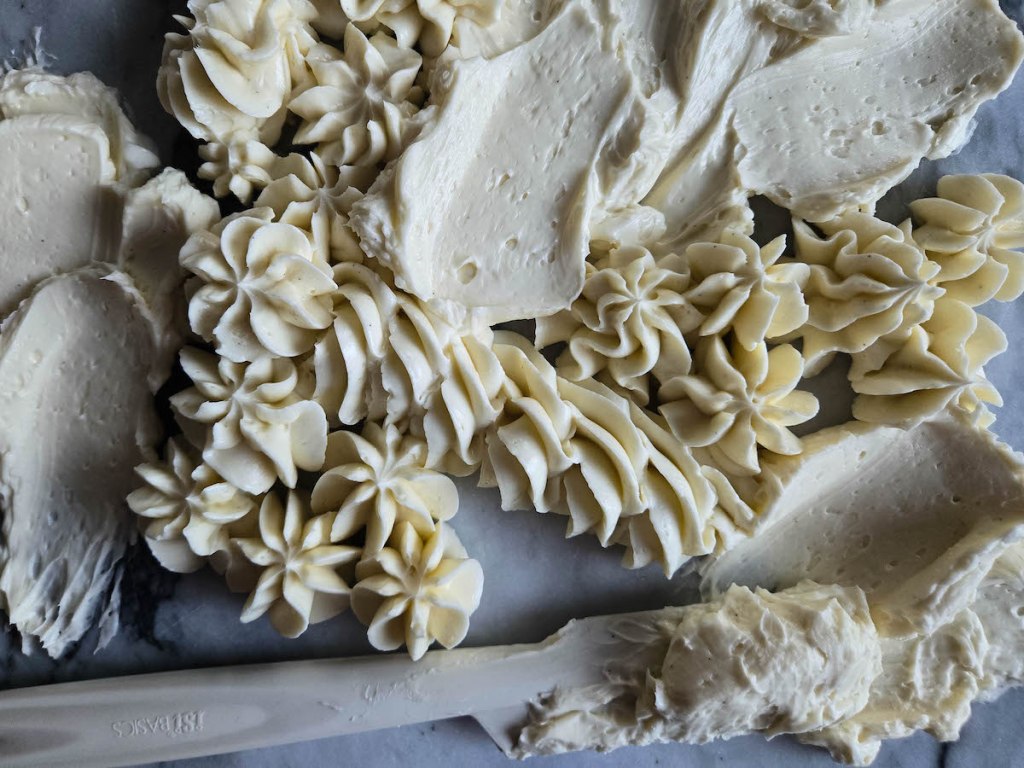
Leave a comment